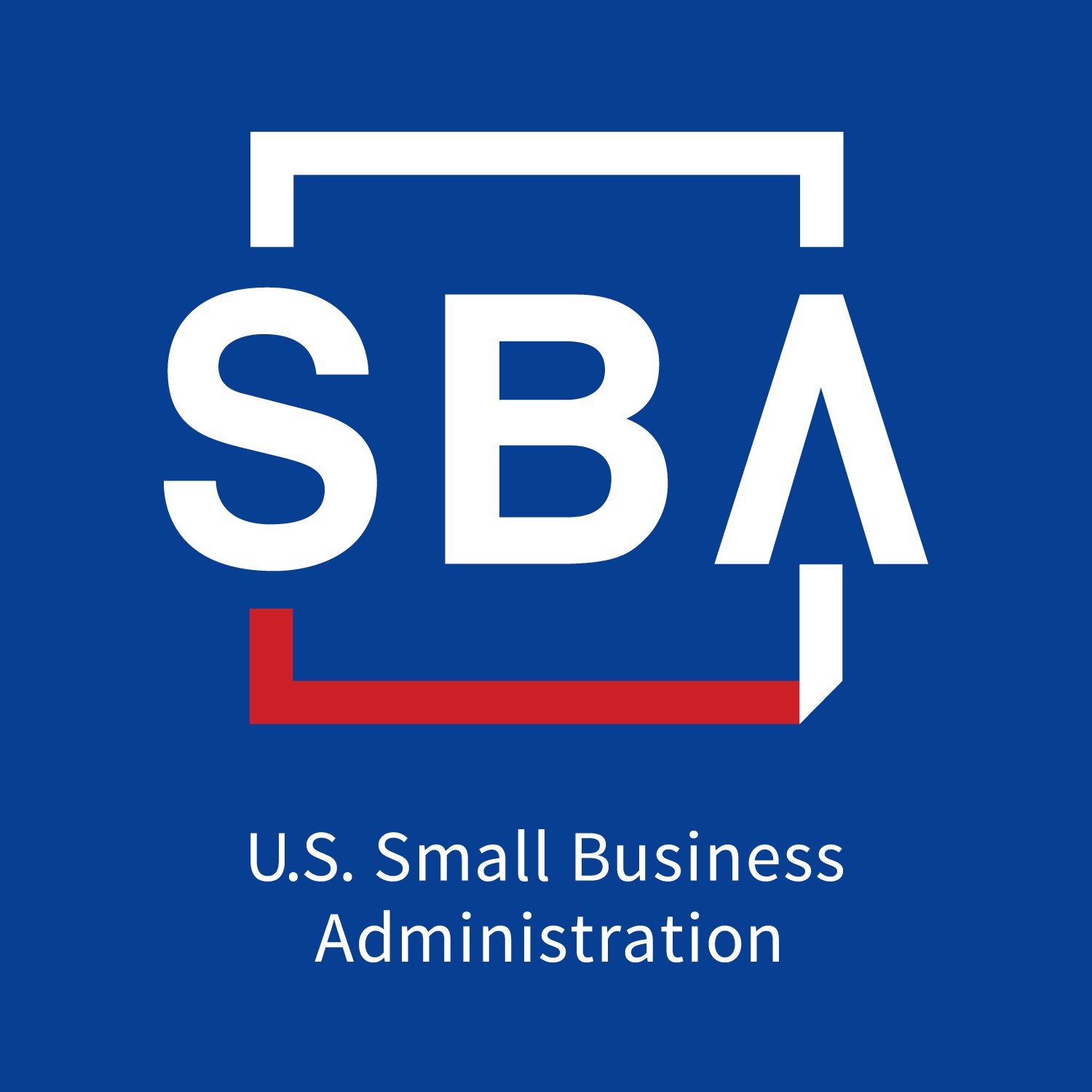The word “bonus” is always nice to hear at work. But what exactly is the definition of a bonus? And why do there seem to be so many different variations of this extra bump in pay?
An employee bonus is a form of compensation that is considered an add-on to what workers already earn. A bonus usually takes the form of cash, but can also be non-monetary. Some bonuses are reserved for the highest achieving employees and some are doled out to everyone, regardless of goal fulfillment.
Types of Bonuses
Performance bonus
A performance bonus is granted to employees that meet or exceed specific execution-based criteria. They’re meant to encourage consistent, high productivity and quality. An example might include launching a product successfully or generally being a high achiever across a span of time at the company. Performance bonuses can be granted to individuals or teams. Sales bonuses (not commission) fall under the performance bonuses umbrella, as they’re often given to account executives who hit their targets for the quarter.
Spot bonus
Spot bonuses recognize employees who go above and beyond on a specific task. Unlike performance bonuses, spot bonuses are given immediately or “on the spot,” often in the middle or towards the end of completing a particularly challenging project. The immediate recognition is key to spot bonuses and can reward employees who put their heads down and execute when the company needs it most.
Profit sharing bonus
Cash payouts to employees based on how much a company profits during a given quarter or year are called profit sharing bonuses. Creating a link between an employee’s hard work and the company’s financial success is a great way to unite a team, align owner and employee incentives, and encourage staff to focus on the broader success of the business.

Profit sharing plans are very popular with employees; 40% of employees say they’d leave their current job for an employer that offered profit sharing as a benefit. Employers can use profit sharing as a short term employee retention bonus, and complement it with a longer term one like phantom stock.
Referral bonus
High quality talent is hard to come by – 89% of small business owners who are hiring said there were few or even zero qualified applicants. In an effort to find a broader pool of eligible job candidates, employers might implement a referral bonus program. Some small businesses pay out bonuses for qualified referrals, but most require an applicant to make it through the interview process, accept the job, and stay in the role for a certain length of time.
Holiday or end of year bonus
Often used as an economic indicator, year-end bonuses are a popular way to reward employees. In 2023, bonuses were down across all sectors, from retail to insurance to transportation. The share of workers receiving a year-end bonus as well as the number of employees receiving them has also declined year-over-year.
While this could indicate a more stable labor market, small businesses should keep in mind that January is the most popular month to search for new jobs. Rewarding employees as they enter the new year could be a motivating factor for them to stick around.
Calculating and structuring bonuses
You may want to use one or several different types of bonuses at your company. The most important thing to do after deciding on a type of bonus is to develop a structured plan around how it’s awarded and how it’s paid out. Bottom line:
- Define and communicate the purpose of the bonus. Who will receive it and how? If it’s incentive-based, outline the incentive. If it’s performance-based, outline the performance expectations for receiving the bonus. Set clear criteria and goals for each person at your company so that there’s full visibility into bonus structure. For example, a performance bonus may involve specific sales targets within a certain timeframe. A profit sharing bonus might be allocated based on role, salary, or even age.
- In terms of calculations, some bonuses are paid out in flat rates (spot and referral bonuses, for example). Others, like profit sharing, can involve very simple or very complex calculations, depending on the type of profit sharing.
- Tracking, evaluating, and being open to adjusting your bonus structure is critical. Cultivating a culture of openness so that employees feel comfortable providing feedback on this incentive will help you create a strong bonus structure.
- Don’t forget about taxes – most bonuses are treated as additional income.








